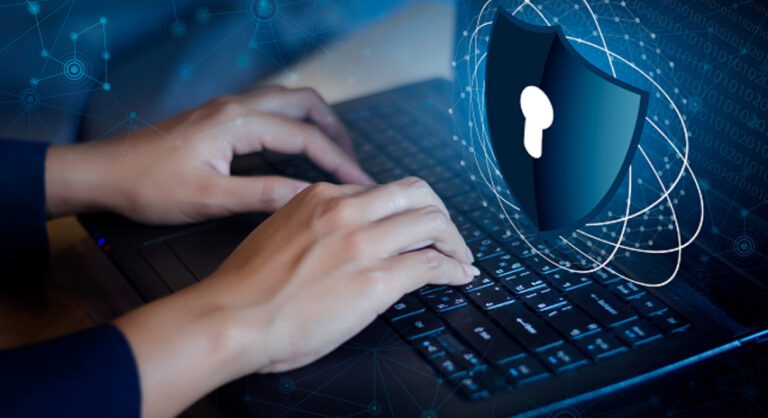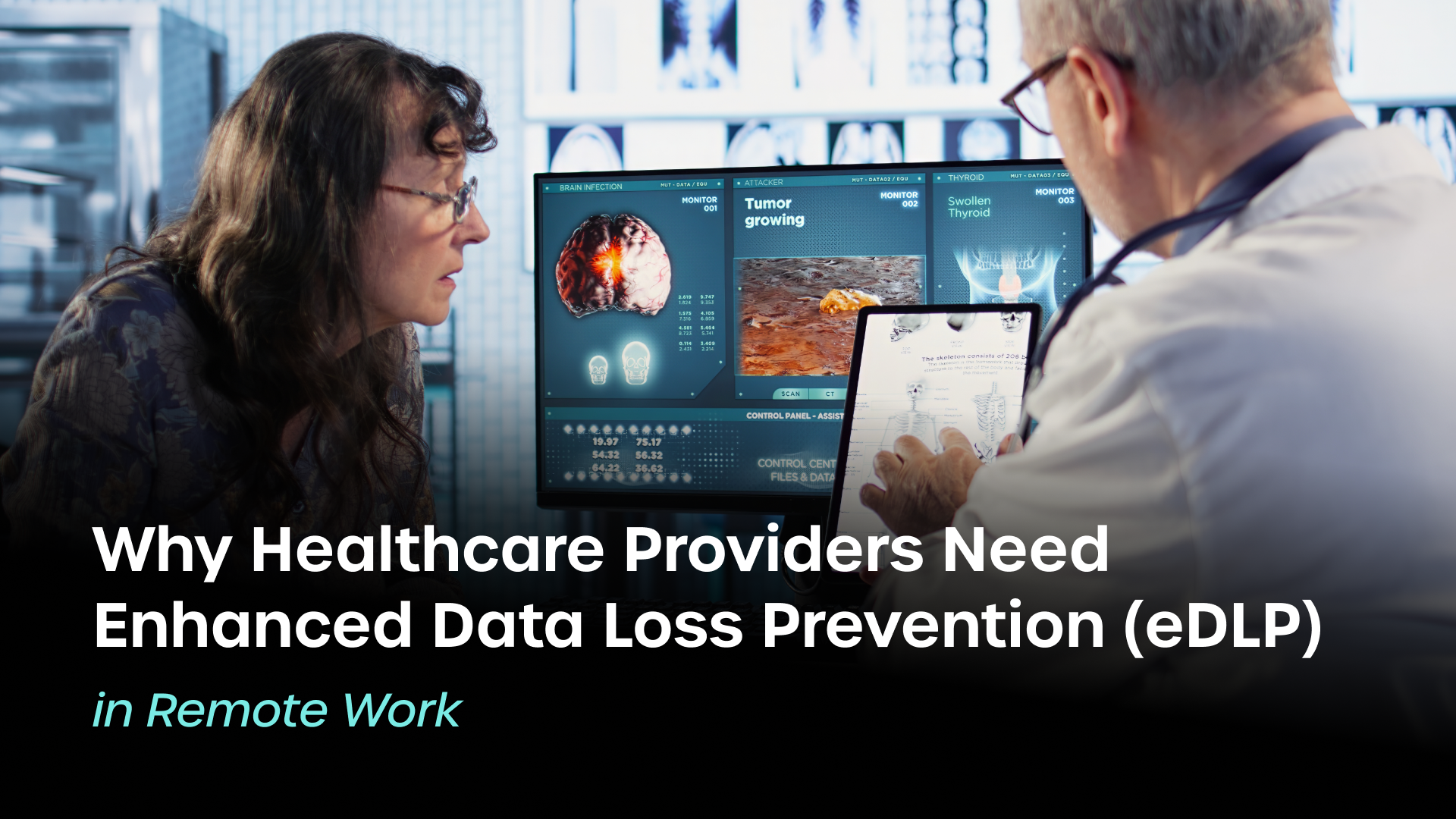
Why Healthcare Providers Need Enhanced Data Loss Prevention (eDLP) in Remote Work
- Rajnish Kumar
- 6 Mins

Summary
The healthcare industry deals with some of the most sensitive data in the world. Patient records, medical histories, and insurance information are constantly at risk.
The healthcare industry deals with some of the most sensitive data in the world. Patient records, medical histories, and insurance information are constantly at risk. With more healthcare professionals working remotely, the stakes have grown even higher. That’s why data loss prevention in healthcare is no longer optional — it’s essential.
Remote work offers flexibility, but it also introduces new challenges. Personal devices, unsecured networks, and cloud-based collaboration tools can increase the chances of accidental or intentional data leaks. Implementing enhanced data loss prevention (eDLP) helps healthcare providers protect sensitive information while ensuring compliance with regulations like HIPAA.
Why Remote Work Puts Healthcare Data at Risk
Before remote work became common, healthcare data was mostly accessed within secure hospital networks. IT teams could monitor activity closely, and physical security added another layer of protection. Today, the landscape looks very different:
- Staff access sensitive patient records from home offices or personal devices.
- Emails, messaging apps, and cloud storage platforms are used to share data.
- Cybercriminals increasingly target healthcare organizations with ransomware and phishing attacks.
Without proper safeguards, healthcare providers risk breaches that can result in legal penalties, financial losses, and damaged reputations.
What eDLP Does for Healthcare Providers
Enhanced Data Loss Prevention (eDLP) goes beyond traditional security measures. Instead of only alerting IT teams after a data leak occurs, eDLP actively prevents sensitive information from leaving secure systems.
Key features include:
- Device Monitoring
Ensures that remote devices meet security standards before accessing sensitive files. - Activity Logs and Reporting
Creates detailed records for compliance purposes, making audits faster and easier. - Policy Enforcement
Automatically applies security policies, so healthcare staff follow guidelines without extra manual work.
By combining these features, eDLP solutions strengthen healthcare data security while giving IT teams and compliance officers peace of mind.
The Human Factor in Remote Healthcare Security
Many data breaches are not malicious; they happen because employees make mistakes. For example:
- Sending patient data to the wrong email address
- Uploading sensitive files to unapproved cloud storage
- Sharing login credentials with colleagues
With eDLP, healthcare organizations can prevent these errors before they turn into compliance issues. Remote workforce protection ensures staff can work efficiently without compromising patient privacy.
Why Enhanced Data Loss Prevention Matters Now
The healthcare industry faces increasing scrutiny from regulators, insurers, and patients. Non-compliance can result in:
- Fines and legal penalties under HIPAA and other regulations
- Loss of patient trust and reputational damage
- Operational disruption due to ransomware or breaches
Implementing robust data loss prevention in healthcare is essential to avoid these consequences. It also helps hospitals and clinics adapt to the growing trend of telemedicine and remote patient care.
How Healthcare Organizations Can Implement eDLP
- Assess Current Risks
Identify where sensitive data is stored, who accesses it, and how it moves across networks. - Choose the Right eDLP Solution
Look for tools that provide real-time monitoring, policy enforcement, and reporting capabilities. - Train Staff
Employees should understand data protection policies and the importance of following security guidelines. - Integrate With Existing Systems
eDLP works best when it complements existing electronic health record systems, collaboration platforms, and endpoint management tools. - Regularly Update Policies
Cyber threats evolve quickly. Review and update security policies regularly to stay ahead.
Benefits of eDLP for Healthcare Providers
- Improved Patient Trust – Patients feel confident that their sensitive information is secure.
- Regulatory Compliance – Automatic logging and reporting simplify audits and inspections.
- Reduced Risk of Data Breaches – Proactive protection minimizes costly incidents.
- Seamless Remote Work – Staff can access data securely from anywhere without slowing operations.
Conclusion
Healthcare providers cannot afford to take chances with patient data, especially in a remote work environment. Implementing enhanced data loss prevention (eDLP) is a strategic way to strengthen healthcare data security and ensure remote workforce protection.
By adopting robust eDLP solutions, hospitals, clinics, and other healthcare organizations can protect sensitive information, maintain compliance, and operate efficiently in a world where remote work is becoming the norm.
1. What is RemoteDesk?
2. How does RemoteDesk ensure compliance with regulations like PHI, HIPAA & PCI DSS?
3. Can RemoteDesk integrate with our existing security and productivity tools?
4. How does RemoteDesk handle remote and hybrid workforce management?
5. What types of analytics and reporting does RemoteDesk offer?
Get Started Today
Sign up in minutes. Secure your remote
workforce with confidence.
See how RemoteDesk makes compliance and data protection effortless.




